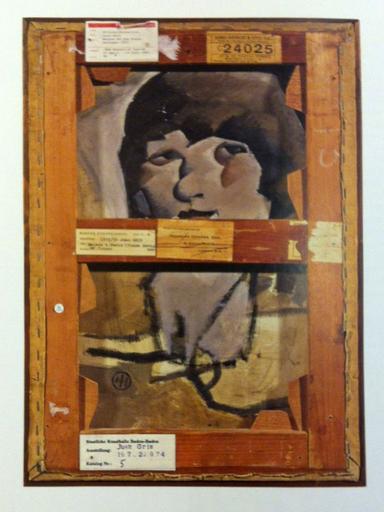the backs of things
2015-04-15

"The back of a canvas yields far more information than just a work's material origins. It can be a repository of additional images, extant or effaced; a visual record of trial and error in an earlier stage of the creative process; or perhaps, the site of a work by a different artist. It may even provide clues for re-dating the image on the front. In addition the stretcher often has the character of a manuscript, even a palimpsest. Words and numbers, hand rendered, stamped, or typeset, appear in full or in fragments, indelibly inscribed or diminished by time, deliberately placed or haphazardly affixed. These pieces of evidence - be they dealers' inventory numbers, names of private collectors, or labels from museum exhibitions - document the triumphs and travails of the object. They speak of countries and oceans traversed, different domiciles and audiences, fortunes gained and lost, and the vigor and weakness of the art market. Whereas the image on the front embodies the artist's vision and the worldview of a certain culture at a specific moment in time, the backs of things reveal the ongoing history of specific pictures and the many stories they have to tell."
Reverse of Juan Gris, Houses in Paris, Place Ravignan. Unfinished oil painting of an unidentified woman. In: Cubism; The Leonard A. Lauder Collection. Emily Braun, Rebecca A. Rabinow. Published by the Metropolitan Museum of Art, New York, distributed by Yale University Press, New Haven in 2014.
|


























